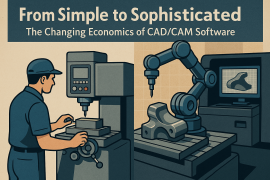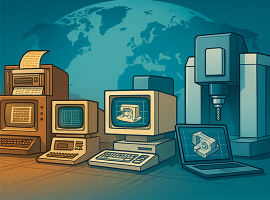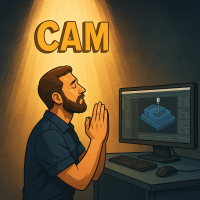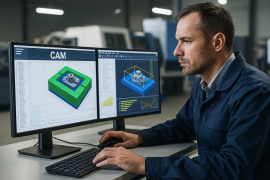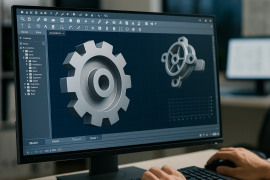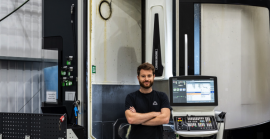
AI: the future of machining
You can throw a part at CAM Assist that it’s never seen before, with tools you’ve never used, and make as many amends as you like - and it’ll come up with an appropriate machining strategy that works. And the layer that we’ve just added with CAM Assist 2.0: transparency. It now shows you what it did, what it didn’t, what’s missing, and why. You can pick operations to exclude, see volume estimates, and soon you’ll even get tooling suggestions to cut your cycle time in half.



